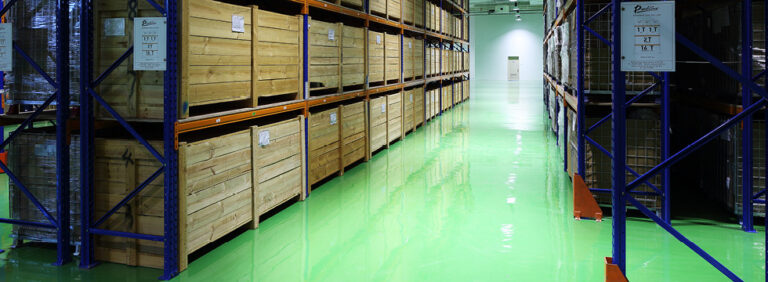The electronics industry naturally relies on modern technology, which while innovating is much more practical and more sensitive.
Flexible power outages, which can easily disrupt or destroy the delicate electronic circulation, are a common way in which electronic devices can be protected. This is illustrated by the fact that some electrical appliances can be damaged by a 300-volt power supply. However, did you know that only one pedestrian can produce up to 3,000 volts?
Impact on the Technology Industry As a result of this challenge, the electronics industry loses significant annual revenue due to damaged equipment and broken equipment. To prevent this, institutions operating in this market sector should include anti-static flooring solutions as part of the overall ESD Management Scheme.
How is a Static Charge Produced?
Simply put, moving between two places can generate an electric charge, at least one place with high resistance to electric charges. Electric charges remain intact on floors until removed or dissipated by electric discharge. For example, when a person moves on the floor, they can create a negative charge and it will increase with the movement of the personals.
Understanding Electrical Resistance
The rate at which the electric charge is dissipated is controlled by the resistance of the electrical material and is measured in ohms (Ω). The amount of electrical resistance is directly related to the performance of the equipment and the ability to discharge charges in place. In fact, a small resistance when charging can be removed very quickly.
How Anti-Static Floors Work
Under anti-static floorings, staff moves around the site, preventing harmful static charge levels from accumulating. This is achieved by building a floor structure designed to securely transfer charges from a person to a specified earthing point. In practice, there are several ways this can be done. The process begins with a resin coating that incorporates conductive building materials inside. These building materials carry charge to people moving on the floor when their feet come into contact and this triggers a series reaction that leads to the removal of the charge.
Copper Grids
The copper grids under the primer are an important part of the process because installing this tape helps to make the flooring system more efficient. To see the role that this tape plays, it is important to understand its impact on surface resistance. Earth resistance is measured from a fixed ground surface. The distance from the measuring point to the surface of the earth should be specified, otherwise, it should be assumed that it could be anywhere on the floor.
Earthing requirements
The point is simply an electrical connection that allows any charged transfer to escape safely to the earth. Without earth, the floor cannot be considered anti-static because any charge will simply accumulate on the floor. In practice, a common way to build a reliable point of connection is to connect to the existing earthing system.
Clothes
It is important for those on the site to wear appropriate clothing to increase the likelihood that any charges built into the person will be put down safely. In some areas, workers wear wrist straps that are connected directly to the grounding area to remove charges quickly. However, when it comes to working, this is not always the case because the straps can be very restrictive to the wearer.
Anti-slip Surfaces
Depending on the nature of the facility, antistatic flooring may also be required to meet slip requirements to prevent the risk of slipping. Antistatic floor covering with a molded profile can create a safe, anti-slip environment in these specific work areas, ensuring the safety of the workers on the floor.


